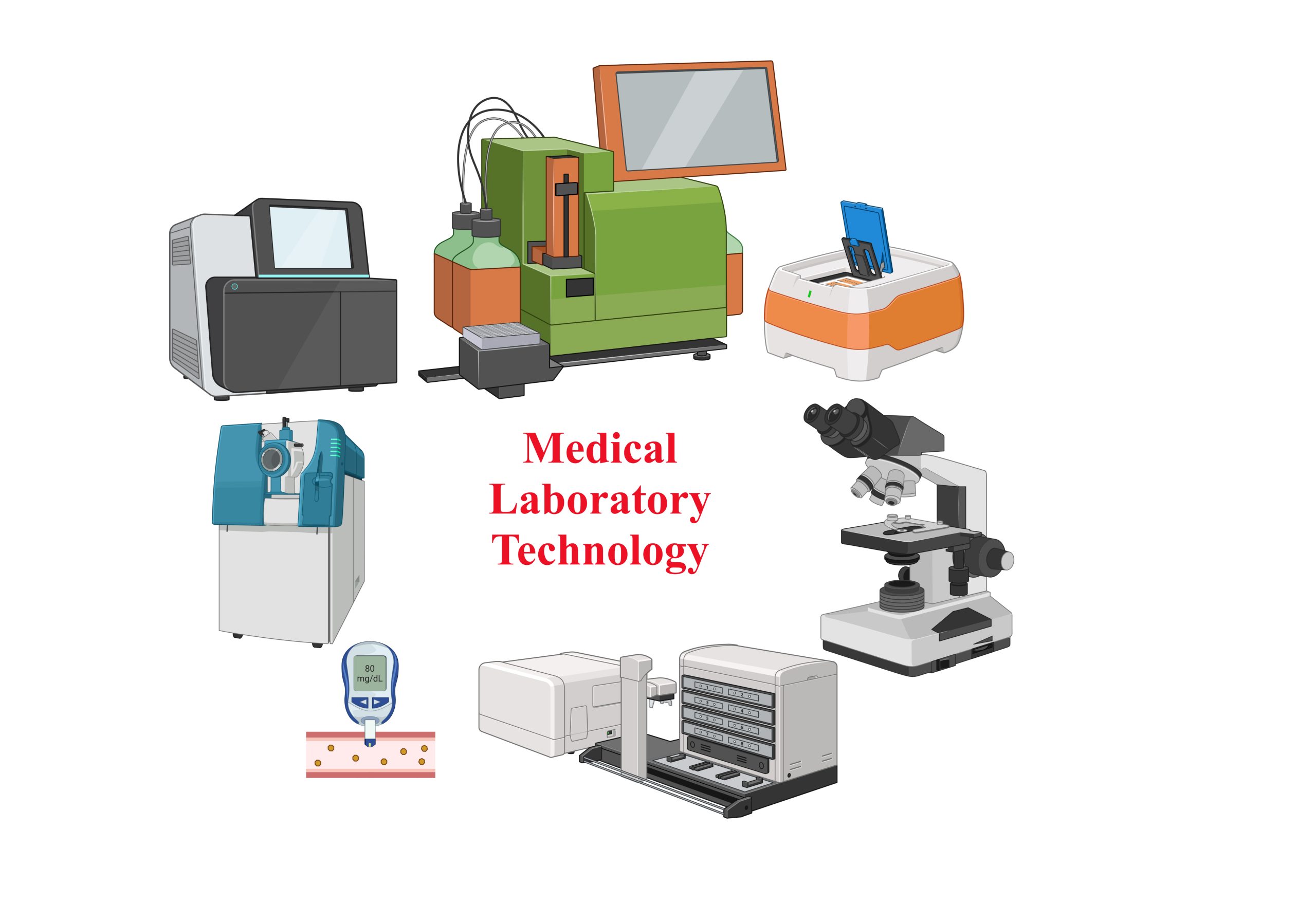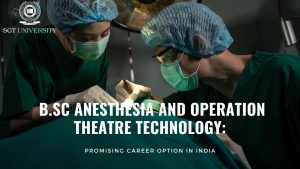Medical laboratory technology (MLT) has grown significantly since its inception. The involvement of advanced technology enhances diagnostic testing accuracy and speed, playing a crucial role in healthcare by providing information for disease diagnosis, treatment, and prevention.
In the 19th century (1828), the first medical laboratory was established in Paris, France. Over the next half-century, standardized laboratory testing became widely spread. In the early 20th century, microscopy, as well as new staining and dyes for microorganism identification, were developed, aiding in the screening of new microorganisms. Technology advancements in the mid-20th century led to the development of laboratory instruments that enhanced accuracy and reduced testing time. This period also saw the emergence of computer-based automated devices. In the late 20th century, new diagnostic tests were developed through advancements in molecular biology and genetics, such as polymerase chain reaction (PCR) and gene sequencing.
In the 21st century, Trends in MLT are rapidly growing with the introduction of new technologies such as liquid biopsy (fluid biopsy), point-of-care testing (POCT), and machine learning algorithms for data analysis.
Point-of-care testing (POCT) involves using portable, handheld, or easy-to-use devices that provide rapid and accurate test results, typically within minutes. This approach has several advantages over traditional laboratory testing, including improved patient care by providing prompt and accessible diagnostic information at or near the point of care, enhancing clinical decision-making, and improving patient outcomes.
Automation in medical laboratories allows for the quick and efficient processing of a large number of samples, resulting in improved accuracy of test results. Automated systems perform functions such as sample preparation and analysis, minimizing errors in the results.
Next-generation sequencing (NGS) technologies have revolutionized genomic analysis, enabling rapid and cost-effective sequencing of large amounts of genetic material. NGS is used in various applications, including cancer diagnosis and personalized medicine.
Big data and analytics: The growing volume of data generated from laboratory tests necessitates advanced analytics to make sense of the information. Machine learning and artificial intelligence algorithms can help identify patterns and relationships in large datasets, leading to better diagnostic and treatment decisions. Furthermore, the use of artificial intelligence (AI) has helped improve the accuracy of test results.
Personalized medicine: Advances in genomics and other areas of medical laboratory technology enable personalized medicine, which involves tailoring treatments to individual patients based on their genetic and other characteristics.
Digital pathology involves scanning and digitizing tissue samples, allowing pathologists to analyze them remotely and collaborate with colleagues in real-time. This technology can improve diagnostic accuracy and reduce turnaround times for results.
In conclusion, Trends in medical laboratory technology have evolved significantly over the past few centuries, with technological advancements leading to more accurate and faster diagnostic testing. As we move into the future, new technologies and approaches will likely further transform the field, helping to improve patient outcomes and overall healthcare.
Written By
Dr. Brahm Kumar Tiwari
Associate Professor &
Program In-charge Medical Laboratory Technology
Department of Paramedical Sciences
Faculty of Allied Health Sciences,
SGT University Gurugram



